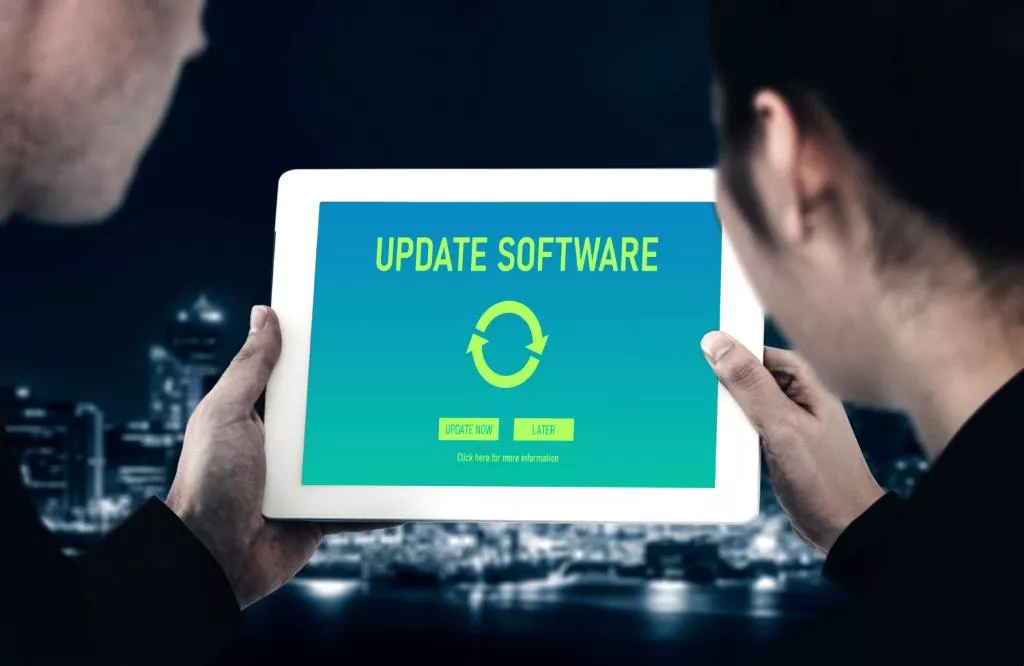You can try several troubleshooting techniques to get the update back on track and restore full functionality.
What's Causing iPad Update Issues
Two major kinds of upgrading iPad software are OTA updates that download directly to the device or by cable connecting and iTunes updating through USB.
Some common culprits of update failures include:
- The iPad does not have enough free storage space for the updated file size.
- Outdated or buggy existing firmware disrupts the update process.
- Connection drops or errors during an OTA update download .
- Power interruption during the update installation.
- Underlying iPad configuration problems.
A failed or interrupted update can result in an unresponsive iPad to error screens, failing to boot up properly, or getting stuck in recovery mode.

Troubleshooting Steps to Get Your iPad Software Update Back on Track
Should your iPad encounter issues after a failed update attempt, there are several troubleshooting techniques to try:
Attempt Update Via iTunes
The first attempt after the update stopped at over-the-air was an attempt to connect your iPad directly to your computer and then proceed with updating through iTunes . A connection that is wired offers more stability than a wireless network.
Free Up Storage Space
Ensure you have ample free storage for the full iOS update file size. You may need to offload large apps, photos, videos, or other files temporarily to free up space.
Reboot and Retry Update
If an update froze mid-installation, perform a full reboot of the iPad by powering it down completely, then try applying the update again after rebooting. This can resolve transient errors.
Factory Reset iPad
You may need to erase the iPad back to factory defaults for persistent update failures and perform a full reset. This wipes the device and gives it a clean slate.
Recovery Mode
If the iPad is fully unresponsive, you can force it into recovery mode and have iTunes install the latest iOS firmware . This should overwrite any corrupted files.
Contact Apple Support
For any update failures not resolved by standard troubleshooting, Apple's technical support experts can further diagnose tricky issues, including identifying any underlying hardware faults needing service.
Avoiding Update Issues in the future
To help prevent problems during future updates:
- Maintain adequate free storage space on your iPad
- Avoid power interruptions that could disrupt an update installation
- Backup regularly so your data is protected if problems occur
Following Apple's best practices goes a long way to smooth, pain-free iPad updates. But should issues pop up, don't hesitate to utilize these troubleshooting techniques or contact Apple for assistance getting your iPad back up and running properly.
